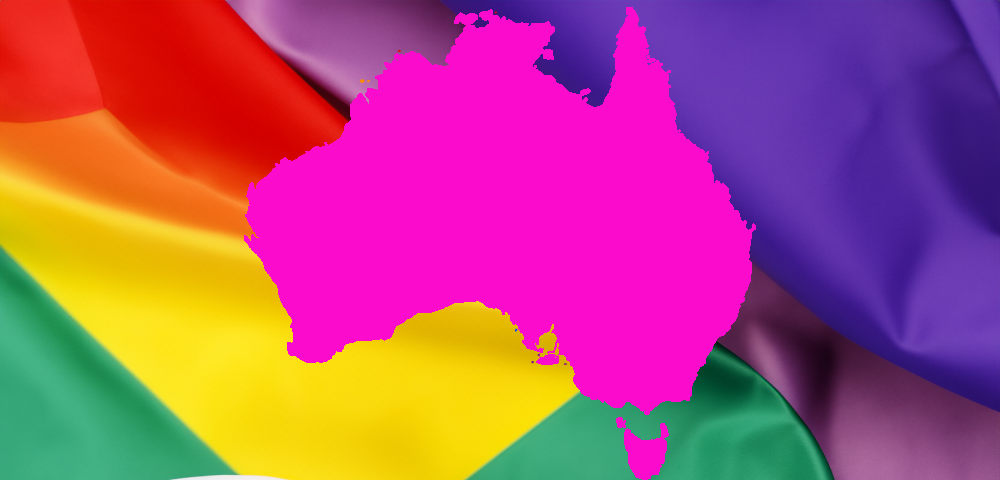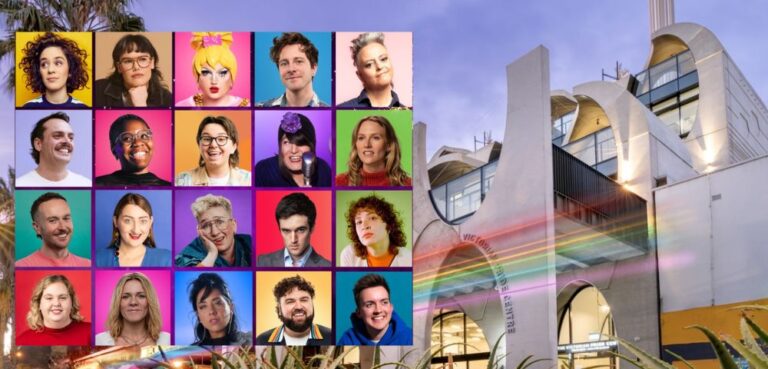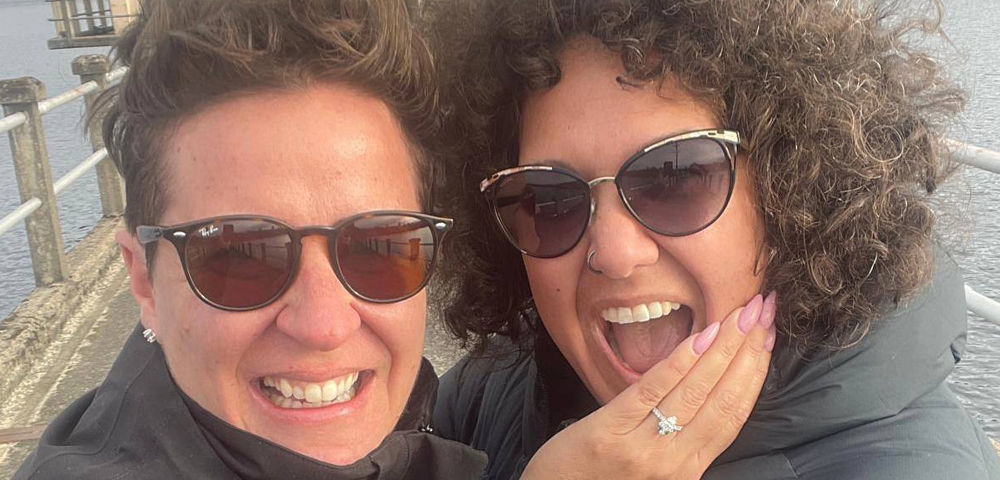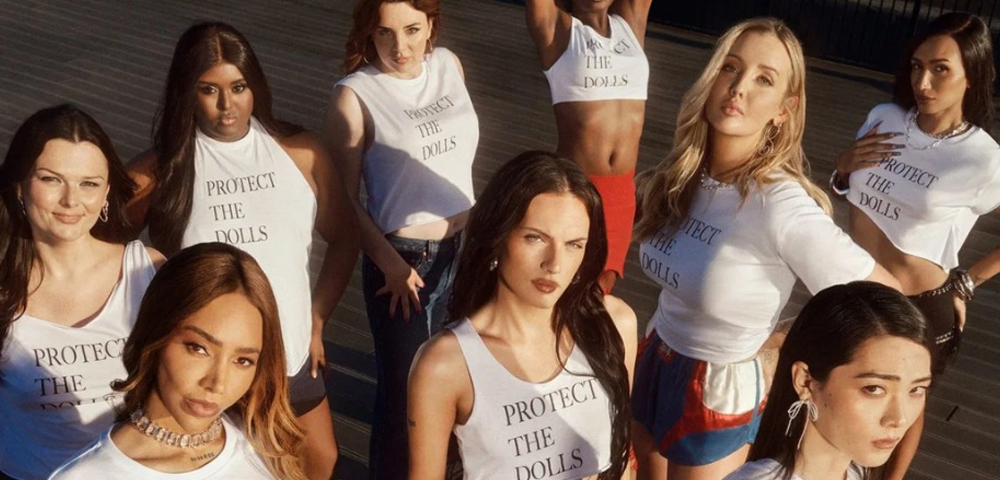
ABS Releases News On 2026 Census Questions on Gender and Sexuality

The Australian Bureau of Statistics (ABS) has announced official changes to the 2026 Census, including a significant update to how gender and sexuality data will be collected.
For the first time, Australians aged 16 and over will be asked about their sexual orientation and gender identity, marking a milestone in the recognition of LGBTQIA+ communities in national statistics.
The update follows years of advocacy from LGBTQIA+ organisations and criticism of the federal government’s previous reluctance to include expanded gender and sexuality categories.
In response to public feedback, the ABS has also adjusted the wording of 10 existing topics.
ABS Acknowledging Gender Diversity
One of the key changes to the 2026 Census is the introduction of a separate question on “sex recorded at birth,” which will differentiate from the new gender identity question.
This change aims to provide a clearer and more inclusive representation of diverse identities.
“The Census provides some of Australia’s most valuable statistics, and it’s important that it reflects our contemporary society and captures emerging data needs,” said Georgia Chapman, the ABS’ 2026 Census content director.
The government has tabled an amendment to the Census and Statistics Regulation 2016 to allow the collection of sexual orientation and gender identity data.
A Long-Awaited Inclusion
The inclusion of LGBTQIA+ identity questions follows a backflip by the federal government, which initially resisted expanding gender and sexuality categories in the Census.
The decision sparked weeks of criticism from advocacy groups, researchers, and even members of the Labor Party.
“We value every Australian, regardless of their faith, race, gender or LGBTIQ+ status,” said Assistant Treasury Minister Andrew Leigh when the new questions were confirmed.
“The government’s position follows further engagement with the community and additional discussions with the ABS.”
However, despite the progress, intersex status will not be specifically included.
Anna Brown from advocacy group Equality Australia welcomed the decision overall but expressed disappointment that intersex Australians remain excluded. “It’s incredibly disappointing,” Brown said of the ongoing need for better recognition of intersex identities in national data collection.
Further Changes to the Census
In addition to gender and sexuality questions, the 2026 Census will update its approach to household relationships by introducing non-gendered terms to improve inclusivity.
Other changes include expanding ancestry categories, recognising contemporary transport modes like e-bikes, and refining health data collection by including liver disease.
The updated Census is scheduled for August 2026, with a large-scale test set for later this year to finalise question design.
These changes mark a critical step toward more accurate and inclusive national data collection, ensuring that all Australians are counted and recognised.









